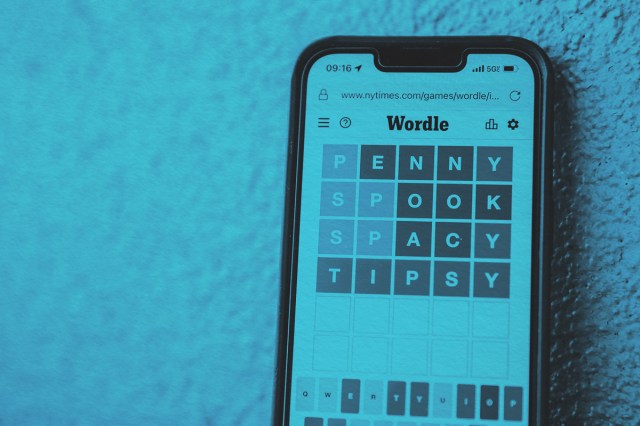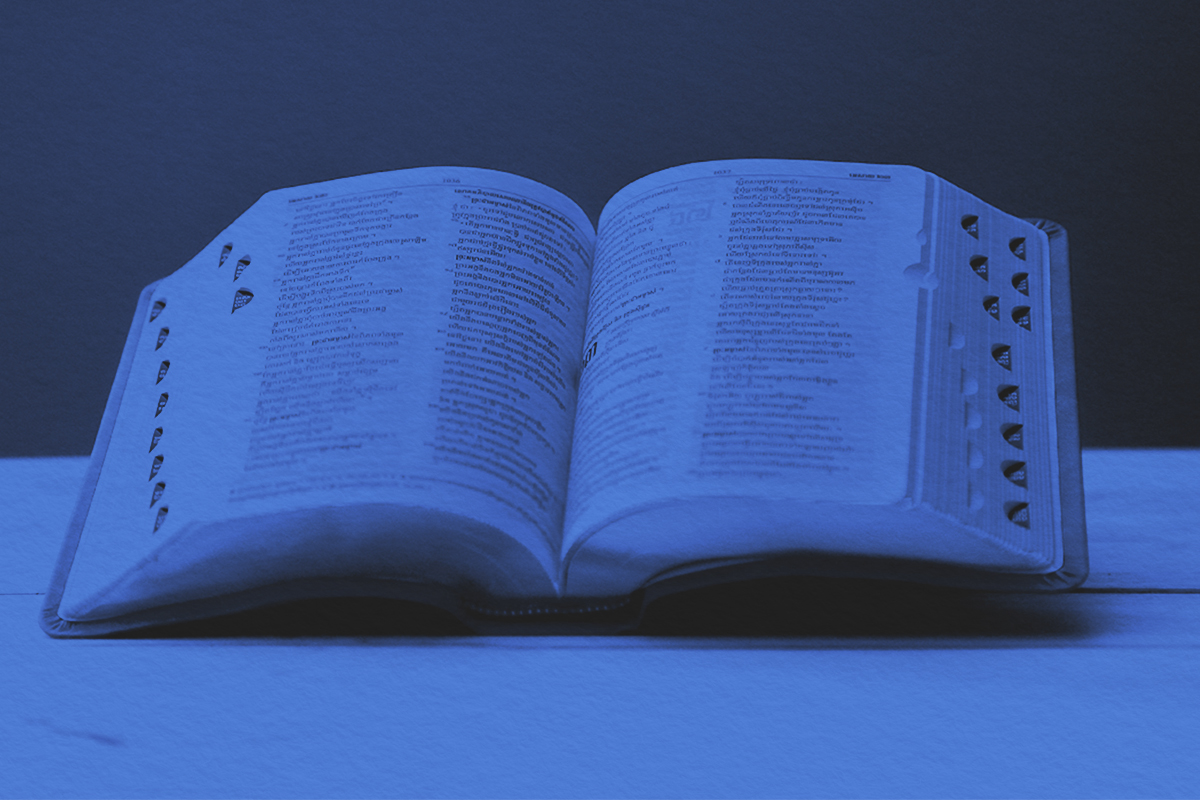
It’s tempting to while away the hours matching up brightly colored blocks on your phone or even playing a digital version of your favorite card games, but smartphone games have gotten, well, smarter. One of the most popular word games out there, Wordle, involves guessing a five-letter word of the day within six guesses. If you’re familiar with the gray, yellow, and green squares that signify a Wordle series of guesses, you might be one of the millions of people who play the word game daily. Whether you’re a Wordle superfan or a complete novice, here are some tips and strategies to improve your daily guesses.
The game started as a small project for developer Josh Wardle’s friends and family. He set it up online to be played for free on any computer or mobile device. It was sold in 2022 to The New York Times, where it can now be played alongside the paper’s other popular games.
It exists in exactly the same original format, retaining the simplicity that made it so popular. The rules are simple: Players have six guesses to discover the five-letter mystery word of the day. If you see a green letter in your guess, it means that letter is in the word and in the correct spot. If a letter appears in yellow, it means it’s in the word but in the wrong spot. If a letter turns gray, that means it’s not part of today’s word and it shouldn’t be used in future guesses.
Part of what made Wordle a viral hit is that it can be played only once a day. A new puzzle is generated every 24 hours, and every person in the world gets the same word to solve. Once they uncover the word of the day, players can share a graphic of their colored-square guesses to show off how well (or poorly) they performed. The words are not displayed, so the green, yellow, and gray squares that began popping up all over social media feeds generated excitement for the simple game.
While it’s an extremely simple premise, wordsmiths know a few strategies can increase the odds of success. There are 14,855 five-letter words available as potential answers, but it’s best to narrow down your guesses to more commonly used words. The New York Times “WordleBot” (a tool that will rate your guesses based on skill and luck) scored a list of 3,150 five-letter words on their probability of being a Wordle word. The more common a word is, based on its appearance in The New York Times since 2000, the more likely it is that it will be a selected word. However, words with lower probability scores have shown up as words of the day in the past — for example, “ANODE” had a 67.9% probability of showing up and “MATEY” had a 73.2% chance, and both have been featured in the daily puzzle.
Interestingly, while the original URL of the game ended with a “co.uk,” Wordle is played with American English spellings. So, players from Canada or the U.K. could be tripped up with words such as “FAVOR” and “COLOR.”
When thinking of possible words, don’t be afraid to use the same letter twice. Previous solutions of “ABBEY” and “GORGE” were trickier because they repeated letters.
That said, with only six guesses, the first word is crucial, and repeating letters in that initial guess won’t give you as much information as a word with five different letters. A player might hit a stroke of luck, but the first guess should generally contain a few of the most popular letters: the vowels “A,” “E,” “I,” and “O,” along with the consonants “N,” “S,” and “T.” While it’s always fun to hit the jackpot, the odds aren’t great to guess the winner with the first guess by using less common letters — in particular the letter “J.”
Probably the most heated topic of debate among Wordle players is which starting word to use. While some choose a random starting word each day, others fiercely debate the merits of specific five-letter words. If you want to commit to the same word every day, here are some options:
SOARE: This word, which means “a young hawk,” contains three useful vowels. However, it is not an especially common word, so if you commit to this starting word, you’ll have to resign yourself to the fact that you will likely never guess the Wordle on the first try.
RAISE: Personally, this is our favorite. Several analysts say this is the ideal starting word if you want to reveal lots of potential letters and have a chance of guessing the word on the first try. Use “ARISE” as a variation if you’re in the mood for something different.
SLATE, CRANE, TRACE: While they have only two vowels, these are called out by the WordleBot as being some of the most efficient first words, leading players to guess the winning word in the fewest number of guesses.
Not liking any of these ideas? Here are some other starting words with two vowels and three power-packed consonants:
STARE
SHADE
PLANE
PLATE
Want more vowels? Try these three vowel and two consonant combos:
IRATE
OCEAN
PIANO
RATIO
If you really love vowels, you can these starting words with at least four vowels. However, WordleBot warns that these words tend to be less efficient. Players may solve the puzzle but with a slightly higher average number of guesses.
AUDIO
OUIJA
AUREI
LOUIE
Once you choose your starting word and begin improving your score, make sure to share your Wordle triumphs far and wide.

















